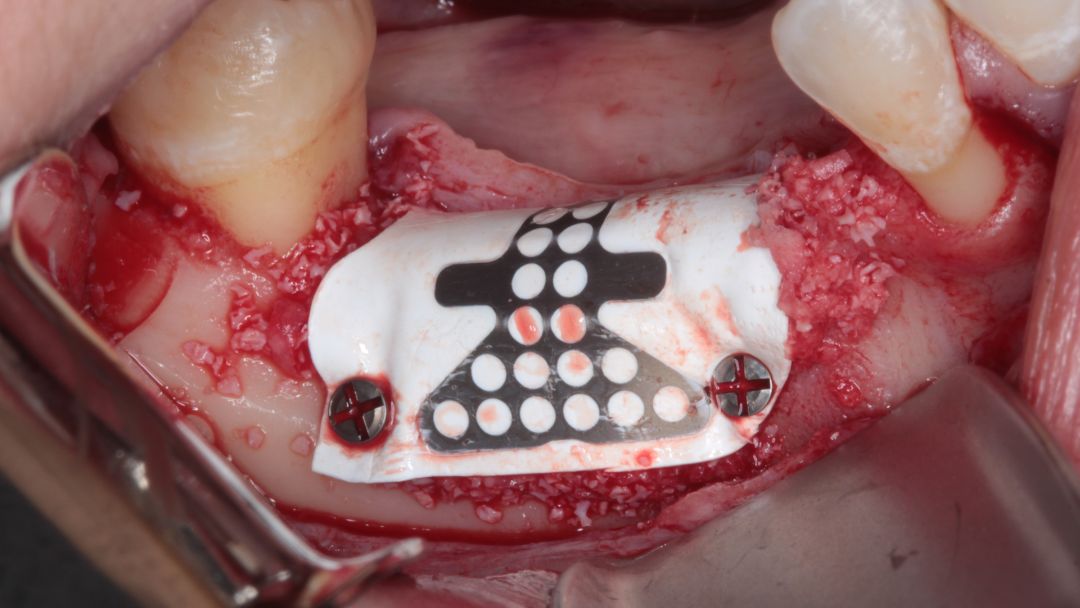
Vertical and horizontal guided bone regeneration of a severely resorbed mandible
Dr. Isabella Rocchietta
DDS. MSc. Specialist in
Periodontics, Italy
Case facts
Patient:
A 29-year-old female in good health.
Clinical problem:
The patient had received an attempt of implant placement together with a split-crest augmentation technique that failed soon after the initial surgery. The failed implants were removed, resulting in a severe bone defect.
Clinical solution:
Opening the flap and augmenting the site with a bone graft and PTFE membrane. Additionally, the site is covered with a collagen membrane, and the flap is sutured. Furthermore, re-entry after nine months to install two implants.
Treatment plan:
- Perform vertical and horizontal guided bone regeneration.
- Utilize a non-resorbable titanium-reinforced NeoGen PTFE Membrane.
- Allow for nine months of healing.
- Place two implants to support a three-unit bridge.
- After an additional six months, proceed with the final restoration placement.
Products:
1 NeoGen Ti-Reinforced PTFE Membrane
Conclusion:
Successfully achieved highly vascularized bone regeneration to the required level and width within nine months, allowing for the placement of implants. After an additional six months, the final restoration was placed.
Step by step

Figure 1.
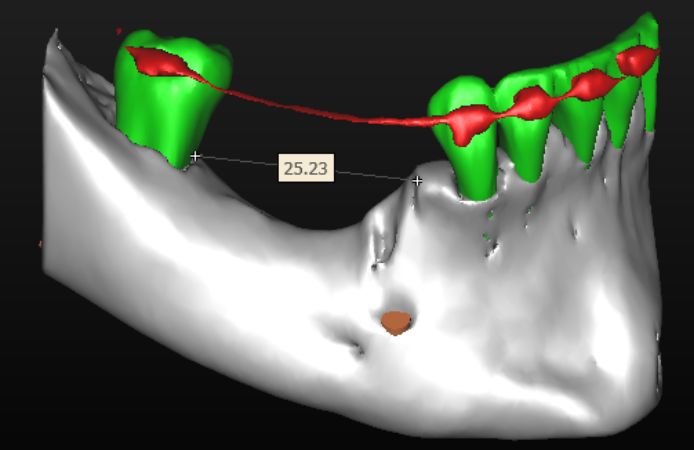
Figure 2.

Figure 3.
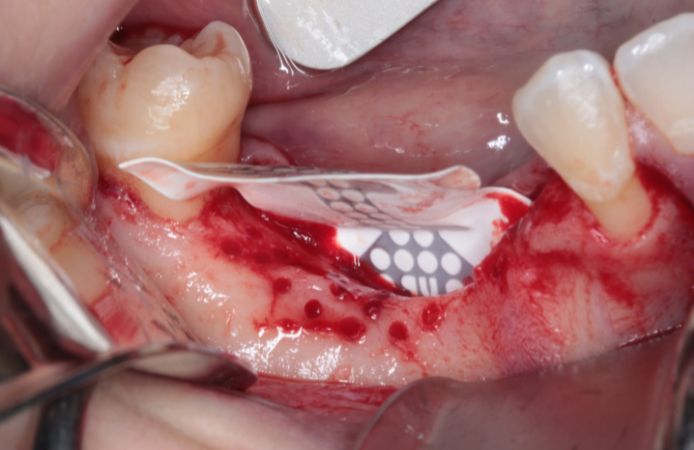
Figure 4.

Figure 5.
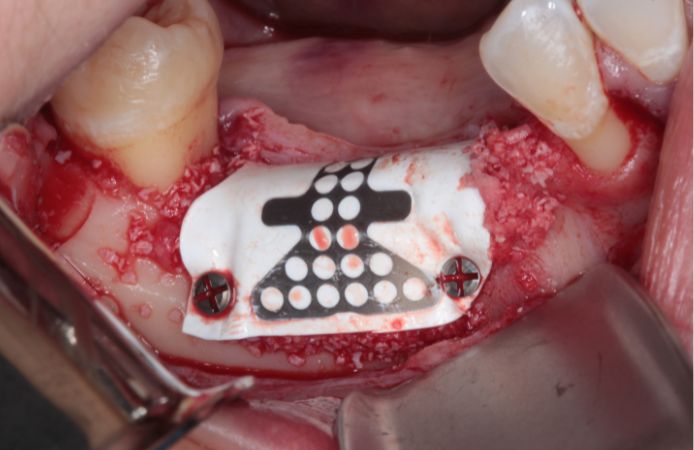
Figure 6.
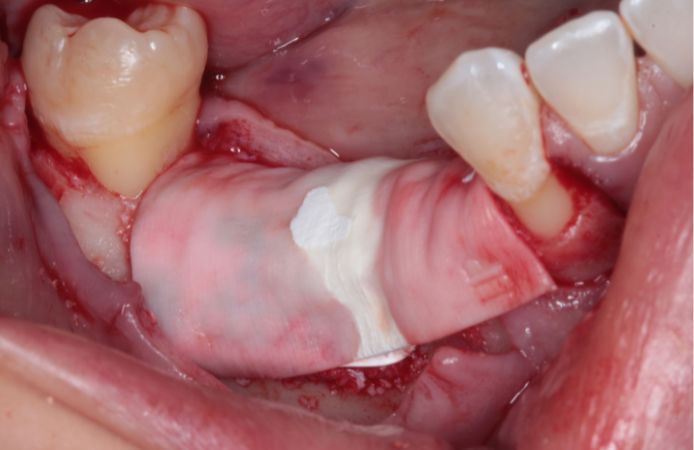
Figure 7.
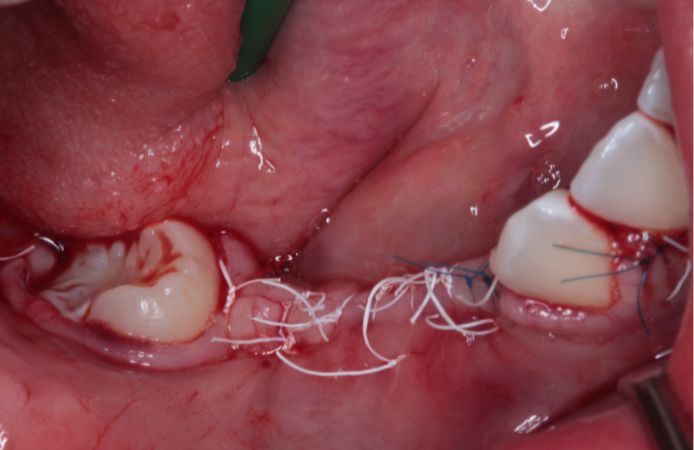
Figure 8.
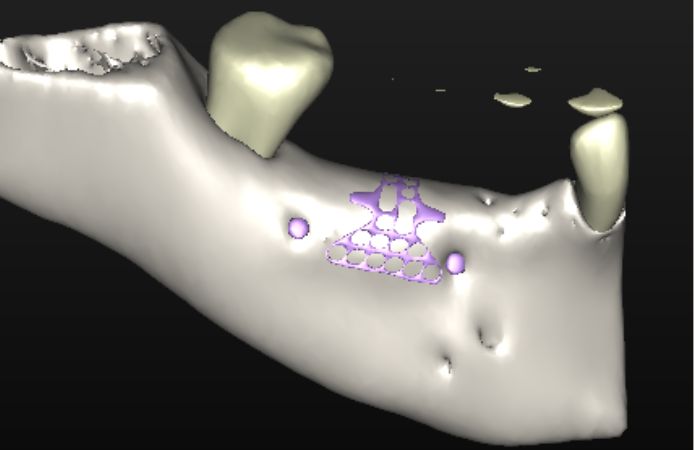
Figure 9.
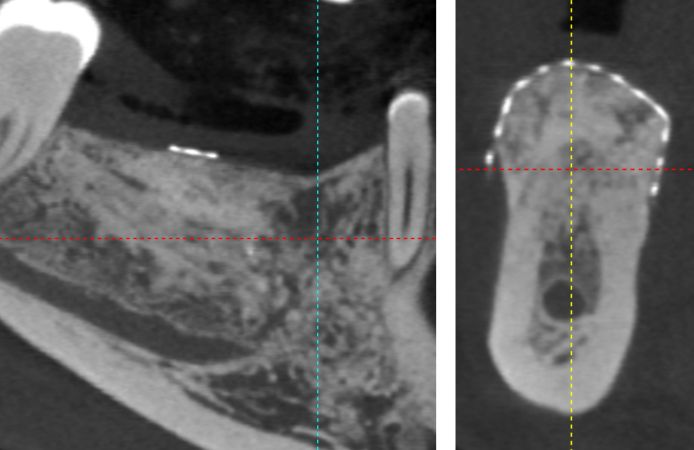
Figure 10.

Figure 11.
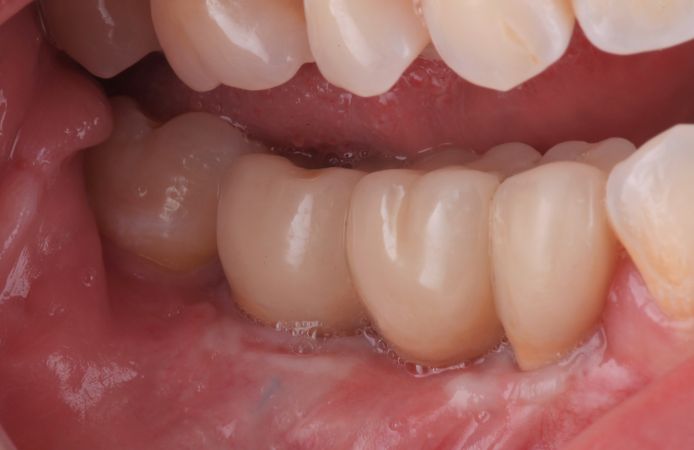
Figure 12.
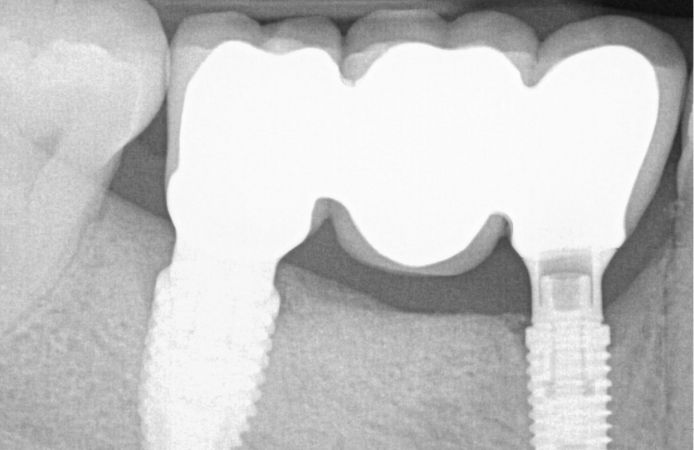
Figure 13.
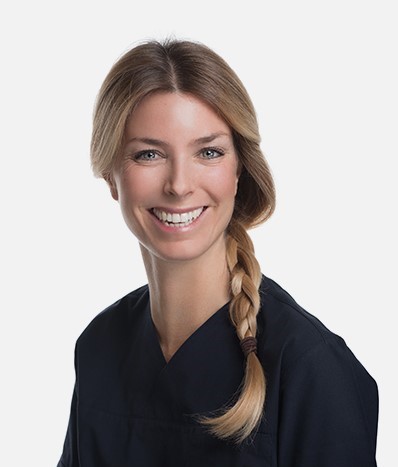

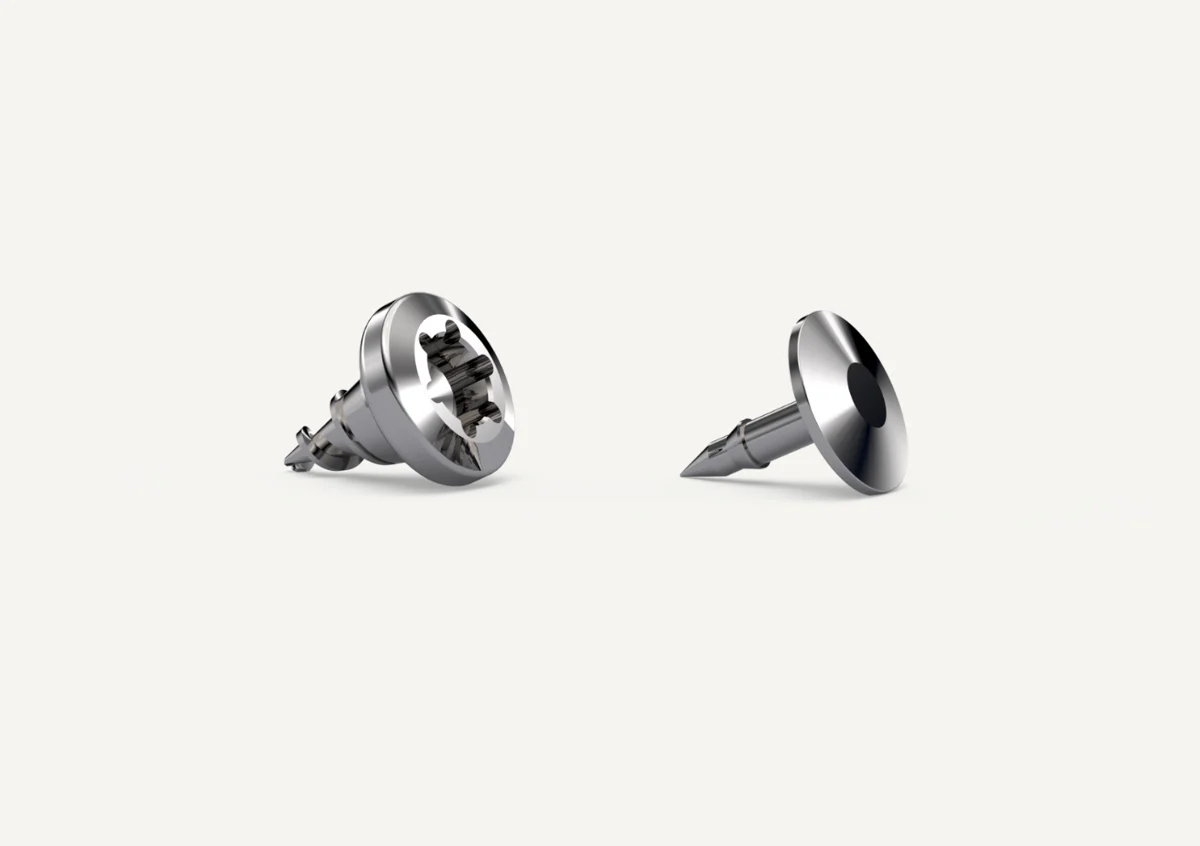
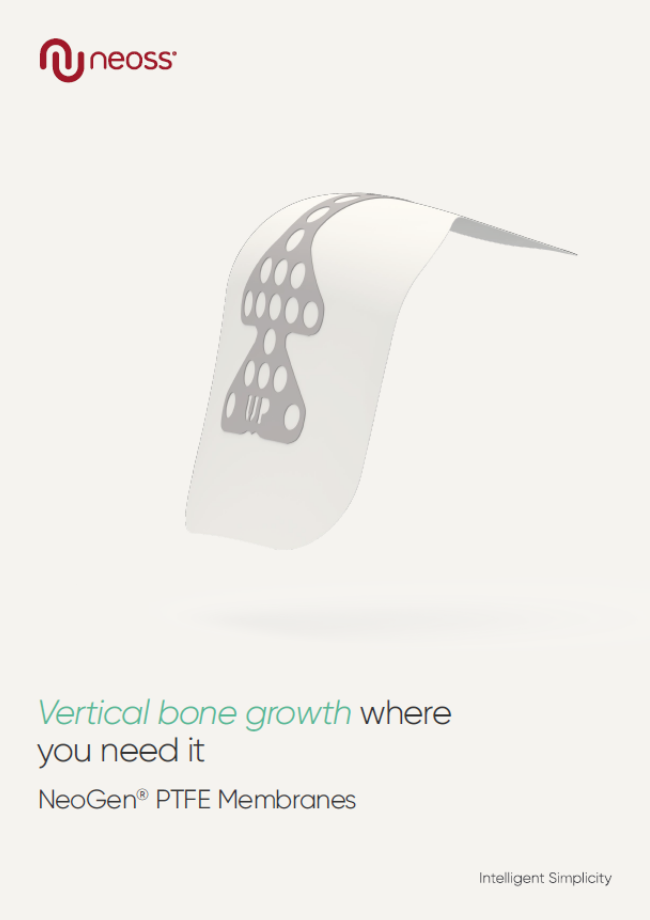
.png)